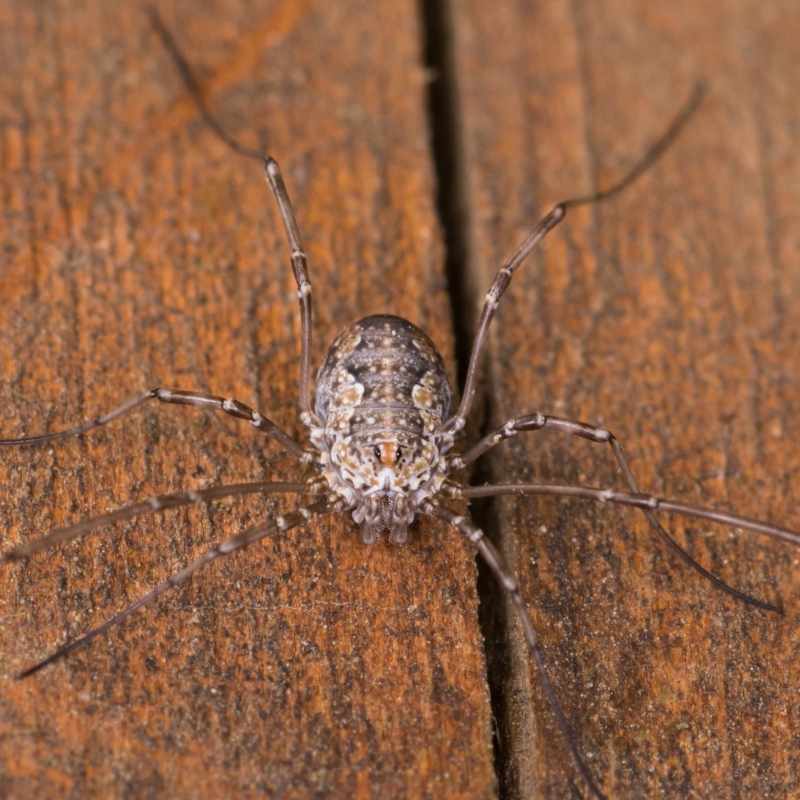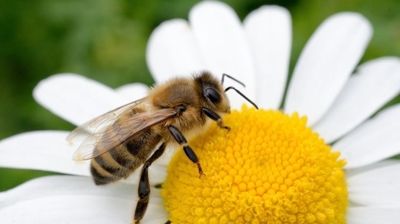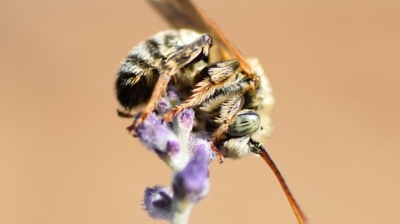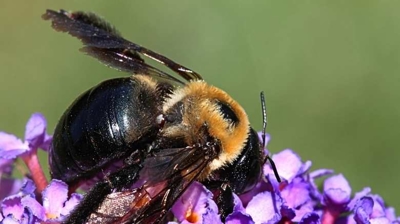
Daddy Long Legs Spider Control Services

Are Daddy Long Legs Spiders Harmful?
Harvestmen (commonly called “daddy longlegs,” though not to be confused with cellar spiders or other spiders with similar nicknames) are generally considered harmless to humans. They don’t have venom glands, cannot bite humans, and aren’t known to transmit diseases. However, there are a few ways they might be considered harmful, though these are mostly indirect or situational:
- Nuisance infestations: Large numbers of harvestmen gathering in homes, garages, or sheds can become a nuisance. They tend to congregate in dark, damp areas, which can make a space feel unsanitary or crowded. While they don’t damage property, their presence can be unsettling.
- Damage to plants: Although they are mostly scavengers feeding on decaying plant and animal matter, some species will occasionally feed on tender plants, flowers, or seedlings. In small numbers, this damage is negligible, but in rare cases, large populations could slightly harm garden plants.
- Predation on beneficial insects: Harvestmen are generalist feeders and will eat small insects. While this can be beneficial by controlling pests, they may also consume pollinators or other beneficial arthropods, though this effect is usually minor.
- Attracting secondary pests: Dead harvestmen can attract scavengers like ants or beetles into your home. Additionally, their excretions or decaying bodies may contribute to minor odor problems if infestations are heavy.
- Psychological impact: For people with arachnophobia or general fear of insects, even harmless harvestmen can cause stress or anxiety, which is a form of “harm” in a psychological sense.
Harvestmen are more beneficial than harmful in most ecosystems, as they help break down organic matter and control small insect populations. Their “harmful” effects are largely situational and not intrinsic.
Learn more: Do Daddy Long Legs Bite?
Learn more: Are Daddy Long Legs Venomous?
Daddy Long Legs Spider Control
Hiring our professional pest control for daddy long legs spiders (harvestmen) may seem unnecessary to some because these arachnids are generally harmless—they don’t bite humans, don’t have venom dangerous to humans, and aren’t typically aggressive. However, there are several reasons why our professional control can still be beneficial, especially if you are experiencing a larger infestation:
- Effective Population Reduction: Harvestmen can appear in large numbers indoors or in basements, garages, and crawl spaces. While they don’t pose direct health risks, their presence can be unsettling. Our professionals have the expertise and tools to reduce populations efficiently, often using integrated pest management (IPM) strategies that minimize recurrence.
- Prevention of Structural Nuisance: Harvestmen often cluster around foundations, windows, and in corners of buildings. Over time, this can create a visible nuisance with cobweb-like residues and dead bodies, which can be difficult to clean. Our professionals can identify hotspots and treat areas that homeowners might overlook, reducing the likelihood of ongoing infestations.
- Comprehensive Habitat Treatment: Our professionals don’t just target spiders themselves—we also address environmental conditions that attract them. This includes sealing entry points, reducing moisture, clearing debris, and treating perimeter areas, which ensures a long-term reduction rather than just a temporary fix.
- Safe and Targeted Application of Treatments: Even if you prefer chemical control, our professionals have access to more effective, targeted products and know safe application techniques. This reduces risks to pets, children, and beneficial insects, which can often be affected by improper DIY treatments.
- Time and Hassle Savings: Managing a harvestmen infestation can be tedious and time-consuming. Our professionals provide fast, thorough service and monitor the situation afterward to ensure the infestation doesn’t return.
- Identification and Monitoring: Some “daddy long legs” sightings are actually cellar spiders or other arachnids. Our professionals can correctly identify the species, so you aren’t wasting effort treating harmless or misidentified spiders with the wrong methods.
While harvestmen aren’t medically dangerous, our professional pest control services ensure that your home remains spider-free in a safe, efficient, and long-lasting way, especially if the infestation is large or recurring. It’s less about danger and more about comfort, cleanliness, and prevention.
Learn more: How To Get Rid Of Daddy Long Legs
What Do Daddy Long Legs Spiders Look Like?
Daddy longlegs spiders, also known as harvestmen, are arachnids that are often mistaken for true spiders. They have distinct characteristics that set them apart:
- Body Shape: Daddy longlegs have a small, round body that is segmented into two main parts: the cephalothorax (combined head and thorax) and the abdomen. Unlike true spiders, they lack a distinct waist or narrow connection between these body parts.
- Legs: These spiders have exceptionally long and thin legs, which is how they get their common name. The legs can be up to several times the length of their body. Each leg typically has seven segments, giving them a spindly appearance.
- Coloration: Daddy longlegs spiders come in various colors, including brown, gray, or even a pale yellowish hue. Their coloring helps them blend into their environment.
- Eyes: Unlike most spiders, daddy longlegs have small, simple eyes arranged in a cluster on top of their cephalothorax. They lack the specialized vision of true spiders.
- No Venom or Silk: Daddy longlegs do not possess venom glands or silk-producing spinnerets, which are characteristic features of true spiders. They are not considered dangerous to humans.
- Antennae: Some species of daddy longlegs have long, whip-like antennae that extend from their heads.
While daddy longlegs are arachnids and may resemble spiders at a glance, they belong to a different order called Opiliones, whereas true spiders belong to the order Araneae. Daddy longlegs are not venomous and are primarily scavengers, feeding on small insects and detritus. They are often found in damp environments, such as forests, gardens, and basements, where they play a role in controlling insect populations.
Where Are Daddy Long Legs Spiders Found?
Daddy longlegs spiders, also known as harvestmen, can be found in a variety of habitats, primarily in temperate regions around the world. Here are some common places where you might encounter daddy longlegs spiders:
- Wooded Areas: Daddy longlegs are often found in forests and wooded areas. They prefer the damp and shaded environment provided by leaf litter, fallen logs, and undergrowth.
- Gardens and Parks: These spiders can also be spotted in gardens, parks, and other green spaces. They may hide among plants, shrubs, and in garden mulch.
- Basements and Crawlspaces: In urban and suburban areas, daddy longlegs can sometimes be found in damp basements, crawlspaces, or dark corners of buildings. They are attracted to cool, moist environments.
- Fields and Grasslands: In more open environments like fields and grasslands, daddy longlegs can be found in tall grasses and among rocks and debris.
- Moist Coastal Areas: Some species of daddy longlegs are adapted to coastal habitats and can be found along the shorelines, particularly in areas with ample vegetation.
- Caves and Crevices: In certain regions, daddy longlegs can be found in caves and rocky crevices, where they seek shelter and moisture.
- Rainforests: In tropical rainforests, you may find a variety of harvestmen species inhabiting the forest floor, vegetation, and the lower levels of the canopy.
- Human Structures: As mentioned earlier, daddy longlegs can occasionally find their way into buildings, especially if there is a source of moisture and darkness.
Daddy longlegs spiders are typically harmless to humans and are beneficial in natural ecosystems as they feed on small insects and decaying organic matter. If you want to observe them, look in these types of habitats, especially in the evening when they become more active. Keep in mind that they are sensitive to changes in their environment, so handle them with care if you decide to pick one up.
Daddy Long Legs Spider Diet
Daddy longlegs spiders, also known as harvestmen, are primarily scavengers and feed on a variety of small creatures and organic matter found in their environment. Their diet consists of the following:
- Insects: Daddy longlegs spiders are opportunistic feeders and will consume small insects such as flies, ants, aphids, small beetles, and other tiny arthropods. They are not active hunters but will feed on immobilized or dead insects when they come across them.
- Decaying Organic Matter: These spiders are valuable decomposers in ecosystems. They feed on decaying plant material, fallen leaves, dead insects, and detritus, helping to break down organic matter and recycle nutrients back into the ecosystem.
- Small Invertebrates: In addition to insects, daddy longlegs may occasionally consume small invertebrates like mites, springtails, and other tiny creatures that are part of the microfauna in their habitat.
- Fungi: Some harvestmen species have been observed feeding on fungi and mushrooms, which can be a source of nutrition, especially in damp environments.
- Carrion: In some cases, daddy longlegs may scavenge on carrion, including dead animals, if they come across it. Their ability to feed on decaying organic matter makes them important contributors to nutrient recycling.
Daddy longlegs do not produce silk or build webs for trapping prey like true spiders do. Instead, they are passive foragers, relying on their opportunistic feeding habits and the availability of small prey and detritus in their environment. While they may occasionally capture live prey, their role in ecosystems is primarily that of detritivores and decomposers, helping to maintain ecological balance by breaking down and recycling organic material.
Learn more: What Do Daddy Long Legs Eat?
Daddy Long Legs Spider Life Cycle
The life cycle of daddy longlegs spiders, scientifically known as harvestmen (Order: Opiliones), is relatively simple compared to some other arachnid species. It typically consists of several stages, including egg, nymph, and adult, without the complex metamorphosis seen in some insects. Here is an overview of their life cycle:
- Egg Stage: Daddy longlegs reproduce sexually. The female lays a clutch of eggs, often in damp or sheltered locations, such as under rocks, logs, or in leaf litter. The eggs are usually attached to a substrate with a sticky substance produced by the female.
- Nymph Stage: After a period of incubation, the eggs hatch into nymphs. These nymphs closely resemble miniature versions of adult daddy longlegs but lack the full adult characteristics. Nymphs have fewer segments on their legs, and their bodies may be more proportionate compared to the long-legged appearance of adults. They undergo a series of molts as they grow, shedding their exoskeleton to accommodate their increasing size. Nymphs feed on small insects, tiny invertebrates, and detritus found in their environment.
- Adult Stage: Once the nymphs have undergone enough molts and reached maturity, they become adult daddy longlegs. Adult harvestmen have the characteristic long, slender legs and segmented body with a cephalothorax and abdomen. They continue to feed on small insects and decaying organic matter. Unlike some other arachnids, daddy longlegs do not produce silk or build webs for catching prey.
- Reproduction: During the appropriate season, adult male and female daddy longlegs engage in courtship rituals, which may involve the male offering food or performing certain movements to attract the female. After successful courtship, mating occurs, and the female may lay another batch of eggs in a suitable location.
- Lifespan: The lifespan of adult daddy longlegs can vary among species, but it is relatively short, typically ranging from a few months to a year or so, depending on environmental conditions and predation pressures.
Daddy longlegs are not true spiders (Order: Araneae), and their life cycle differs from that of spiders, which often include a more distinct larval stage and complex metamorphosis. Daddy longlegs primarily play roles in scavenging and helping to decompose organic matter in their ecosystems, contributing to nutrient recycling in various habitats.

Hear From Our Happy Customers
-
"Professional & Considerate"
I’m pleased with Miche services. Jarvis came today. Professional and considerate. Thank you!
- Judy B. -
"Wonderful Service"
Wonderful service. Jarvis is great. Took care of everything I needed. Thank you!
- Henry P. -
"Exceeds Expectations"
I can’t say enough positive things about this company... The tech that came out, Jarvis went above and beyond my expectations. Thank you guys, I will continue using your services.
- Jake M. -
"Great Communication"
Tech was on time, communication was great, and he accommodated my needs.
- Alonzo W. -
"Fantastic & Patient"
Jarvis was fantastic and patient. He answered my questions with an in-depth explanation and addressed all of my areas of concern. Would love for him to be my assigned tech going forward. Well done!
- Yonnette M. -
"Very Knowledgeable"
The tech that arrived was courteous, professional, and very knowledgeable. He was Great.
- Uerial I.



